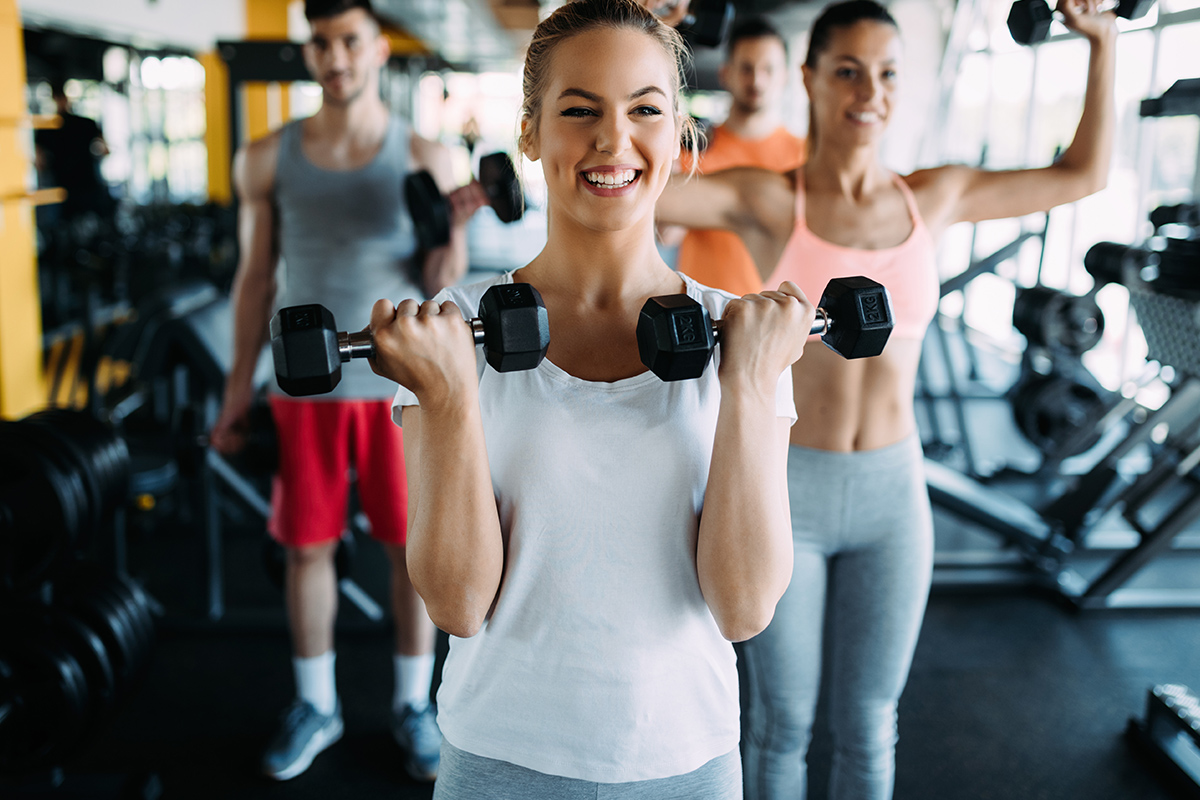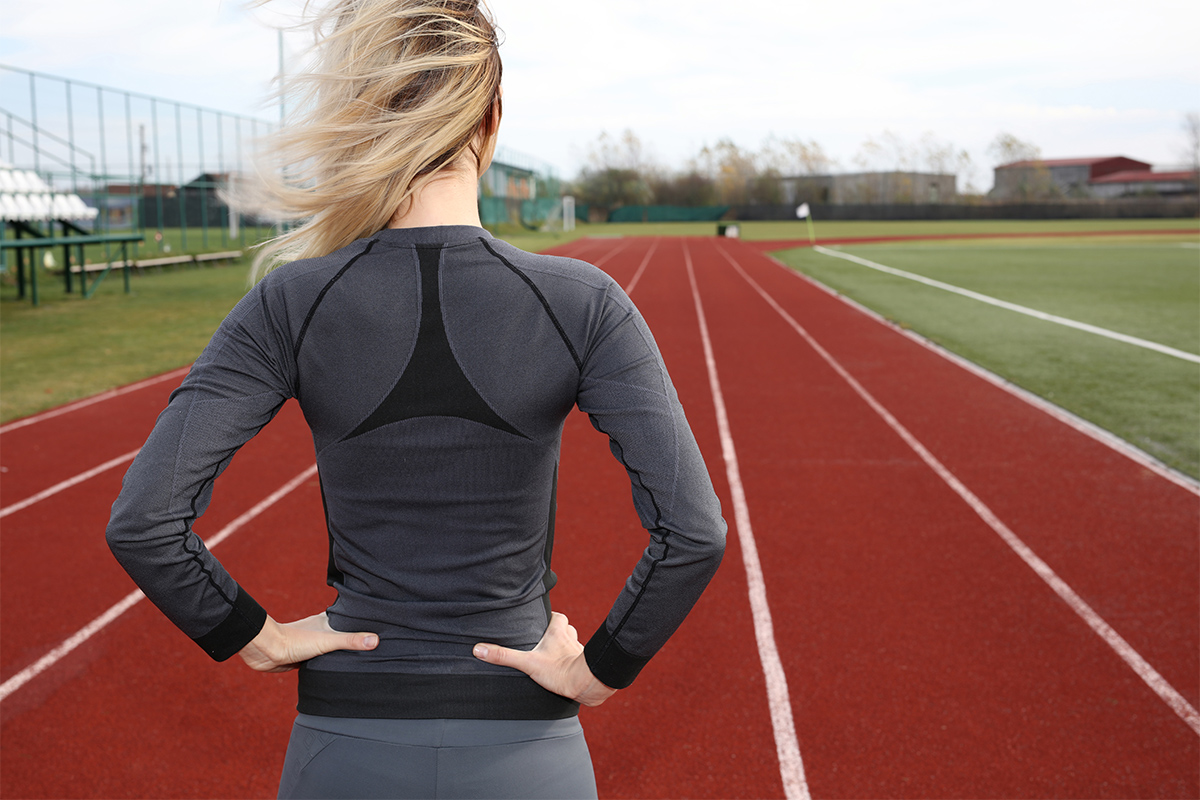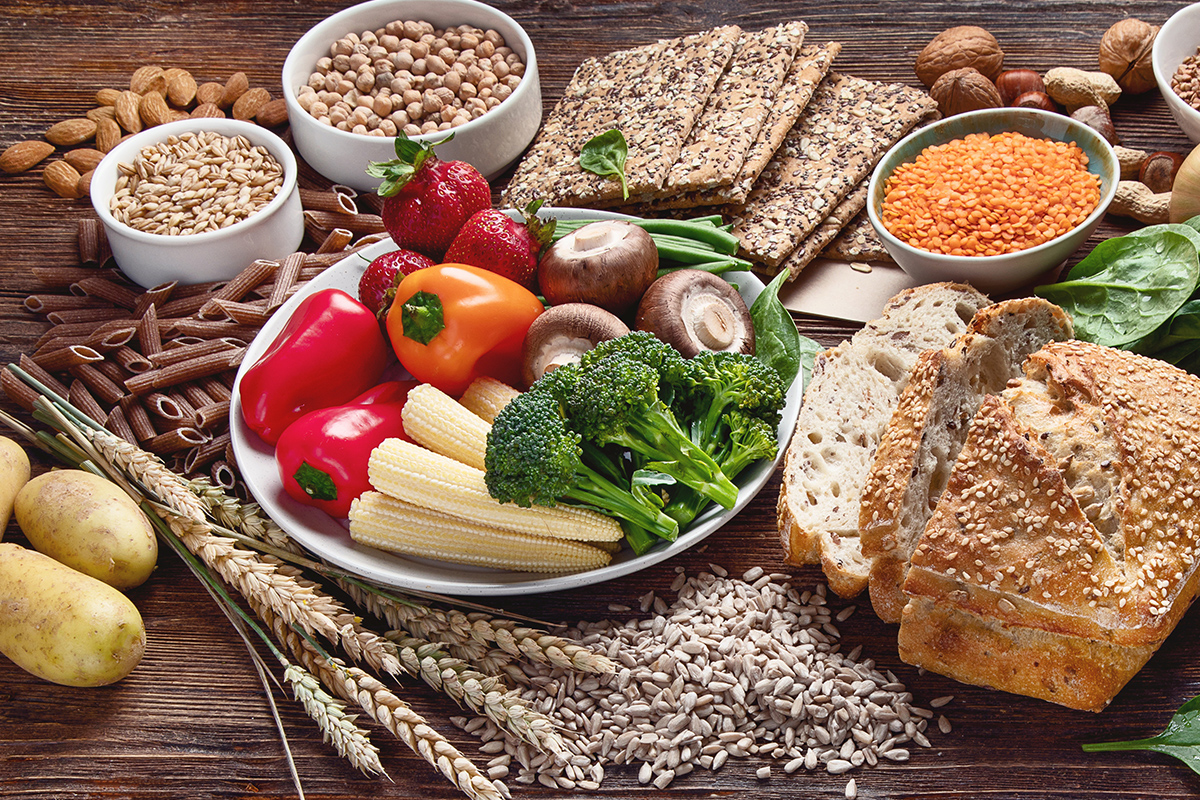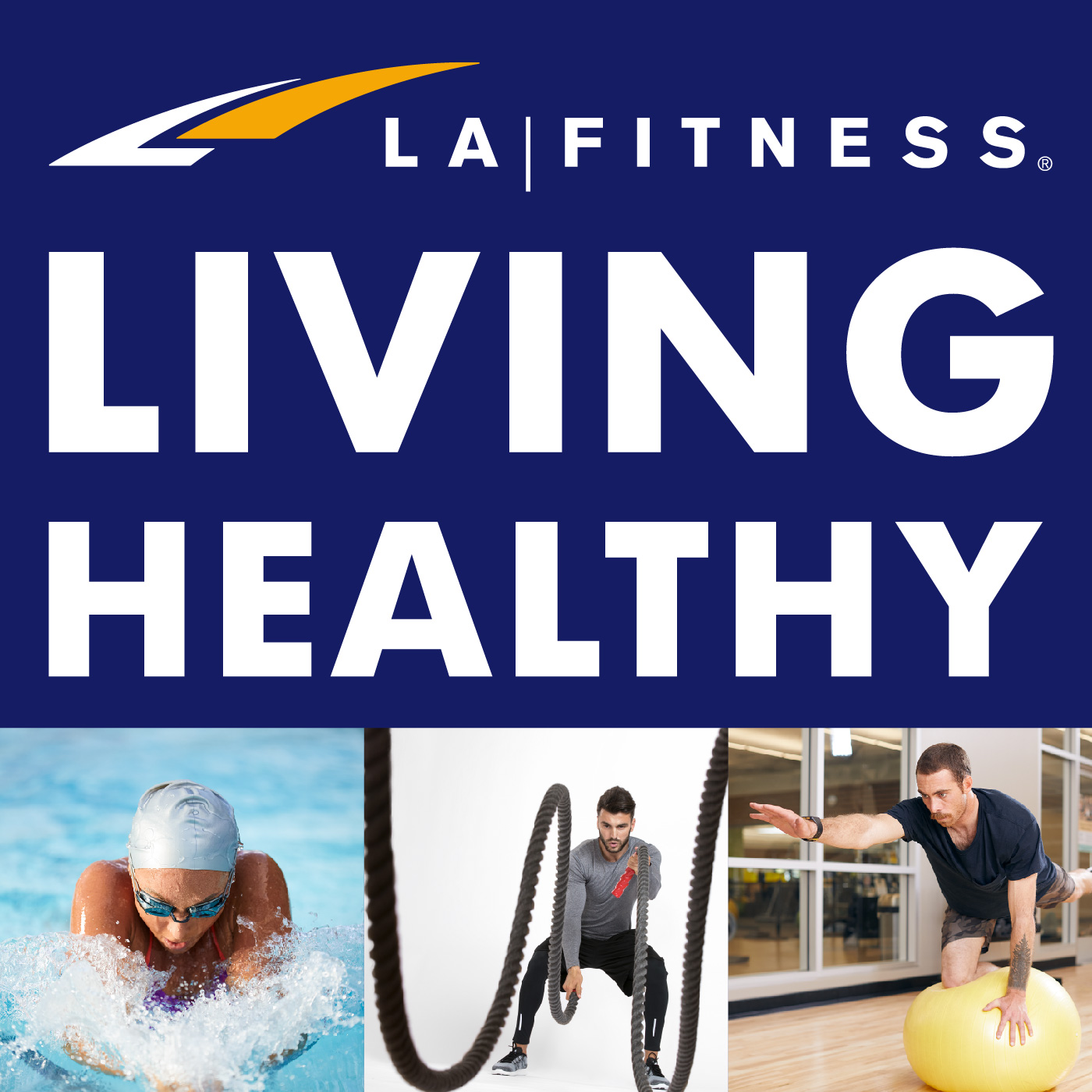Collagen is made up of several amino acids, predominantly the non-essential amino acids glycine, proline, hydroxyproline1,2, as well as alanine and arginine. Varying amino acid combinations make different types of collagen, so the collagen in skin (types I & III) is not the same as that in your joints (type II) or gut. In theory, boosting collagen production means furnishing your body with an adequate supply of amino acids from any protein source. However, the body prioritizes protein production to where it’s needed, say wound healing or antibodies for immunity, so it’s impossible to determine in advance where possible collagen peptides will be used in the body2.
Still, consuming dietary sources of collagen ensures getting adequate amounts of hydroxyproline – the one amino acid not found in other proteins. Since collagen is concentrated in connective tissues, such as muscle, animal flesh (meat, fish, poultry, eggs) is a good source of collagen. Spirulina algae also contains collagen. Bone broth (which is simmered much longer than stock) also provides the amino acids necessary to build collagen2.
Overall, dermatologists recommend a diet rich in nutrients and antioxidants to preserve skin health. Several play a key role in the production and maintenance of collagen to keep skin smooth and firm, while others protect against sun-induced skin aging and free radical damage in skin cells. Specifically, the skin-saving nutrients and phytochemicals to include regularly in your diet should be:



















































 Have a nutrition question? Our registered dietitian is ready to help!
Have a nutrition question? Our registered dietitian is ready to help!
